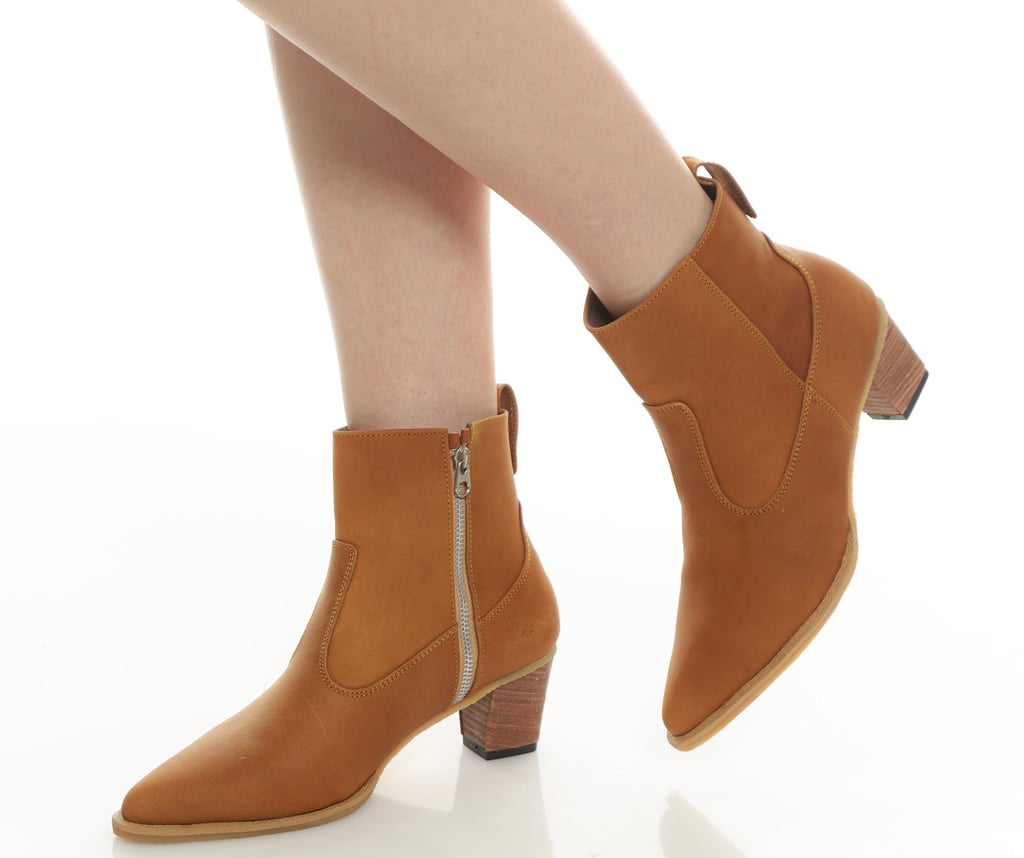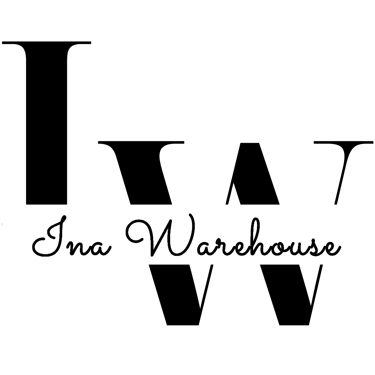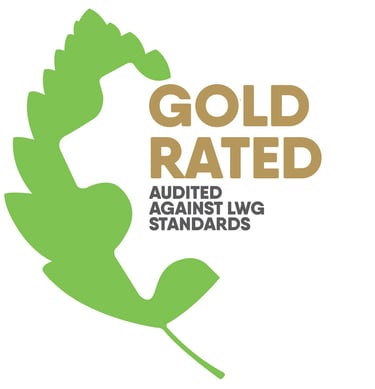How to choose budget friendly leather shoes
Buying quality leather shoes without emptying your wallet is totally doable!


Buying budget-friendly leather shoes is about maximizing value, as genuine leather, even lower grades, tends to be more durable and breathable than synthetic materials.
Here are the key things to look for and compromises to consider when choosing budget-friendly leather shoes:
1. Understand the Types of Leather (and Lower Your Expectations)
The quality of the leather is the biggest factor in durability and price. On a budget, you will likely need to settle for lower grades.
Avoid: Bonded Leather. This is the lowest quality, made from leather scraps bonded with adhesive. It is cheap but wears out and cracks quickly.
Be Cautious of: "Genuine Leather" (often a lower split of the hide) and "Corrected Grain" (leather with imperfections sanded off and an artificial grain stamped on). These are the most common you'll find at a budget price. They will be better than synthetics but won't last as long or age as well as higher grades.
Look for Best Value: Top-Grain Leather (if you can find it near your budget). It's the second-highest quality and offers a good balance of cost and durability, though it's typically more expensive than "Genuine Leather."
2. Inspect the Construction and Details
The way a shoe is put together often dictates its longevity more than the leather grade alone.
Check the Soles: Ideally, look for a stitched sole (like Blake stitch or even Goodyear welt, though the latter is rare on a true budget shoe) over a purely glued (cemented) sole. A stitched sole can be repaired and resoled, greatly extending the life of the shoe. If it's a glued sole, make sure the sole-to-upper join is neat, with no visible gaps or excess adhesive.
Examine the Stitching: All stitching on the upper (the part covering your foot) should be tight, even, and neat.Loose, wonky, or fraying stitches are a sign of poor craftsmanship that will likely lead to the shoe falling apart sooner.
Use the Smell Test: Genuine leather has a distinct, rich, natural, and sometimes earthy smell. A strong chemical or plastic odor is a major red flag for low-quality materials or heavily coated/synthetic leather.
3. Focus on Fit and Comfort
A cheap shoe that hurts your feet is a waste of money. Since a budget shoe might not use the softest leather, good fit is essential.
Check the Insole: Look for an insole that offers some cushioning and arch support, as this can significantly improve comfort for long wear.
4. Smart Shopping Strategies
To get the most for your money, be a savvy shopper.
Look for Sales: Watch for clearance events, end-of-season sales, and outlet stores for reputable brands. Sometimes, a high-quality shoe on sale can be cheaper than a low-quality shoe at full price.
Consider Classic Styles: A classic leather loafer, plain derby, or simple leather sneaker is more versatile and less prone to fleeting trends, giving you a better return on your investment.
Read Reviews: When buying online, always read reviews specifically mentioning durability, fit, and the feel/smell of the leather to get real-world feedback on quality.








